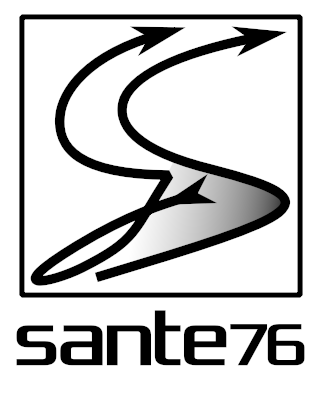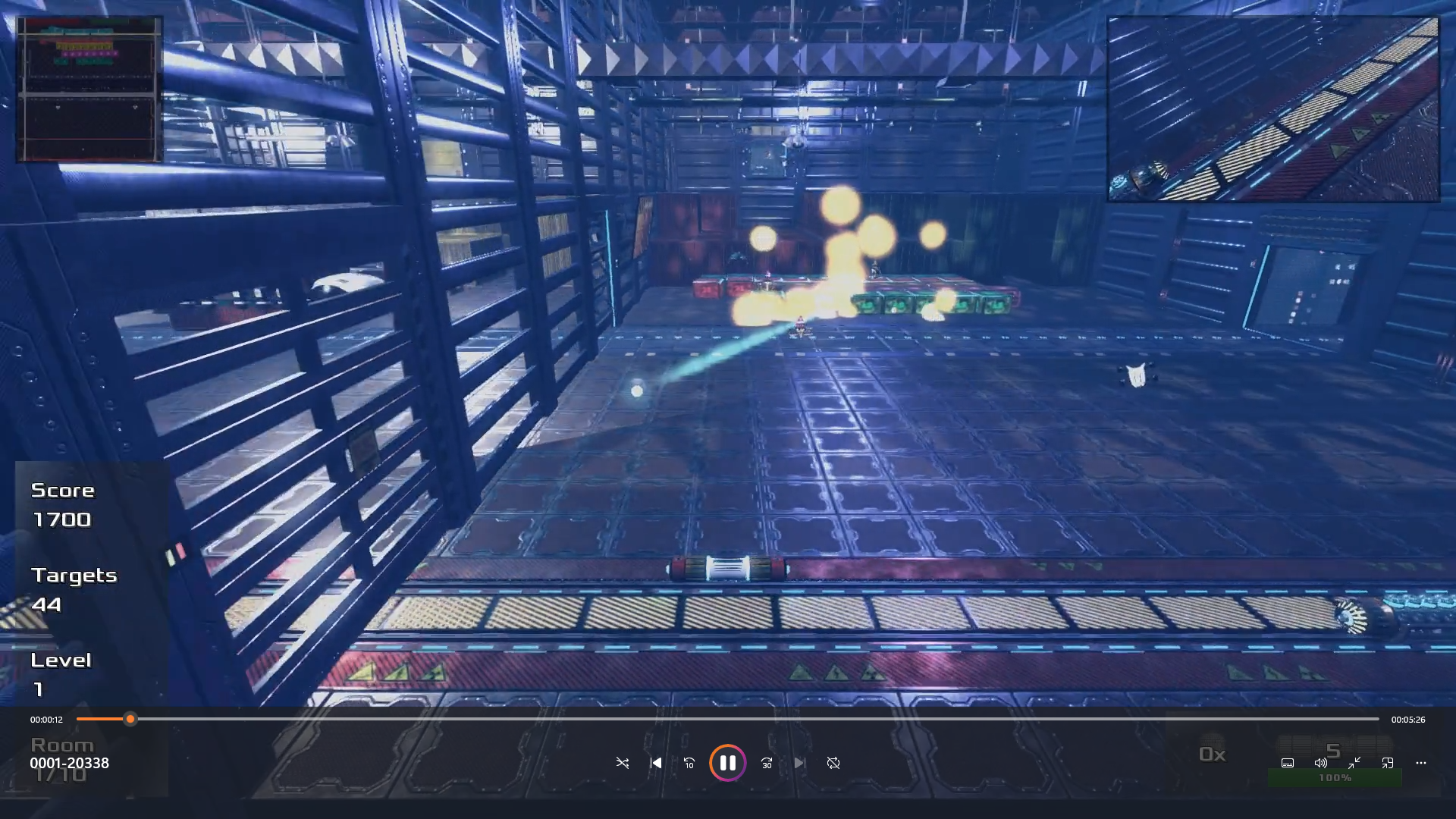Cosmic Pinball conquest
Embark on a cosmic adventure in this breakout-style game where the boundaries between the possible and the unimaginable blur. Travel from Earth to the mysterious Gliese 581g aboard the “Nostromo,” defending it from invaders!
Within the confines of a spaceship hurtling through the cosmos, an unforeseen threat emerges. Silent alien invaders infiltrate, transforming it into a battleground filled with strange rectangular boxes, essentially alien “eggs” that threaten the existence of the Nostromo.
To counter this extraterrestrial invasion, a legion of specialized machines, known as Pinbots, is deployed. Players take control of a single Pinbot, part of this formidable army. The mission is clear: navigating on a magnetic rail through a series of rooms, each guarded by automatic doors, it’s imperative to eliminate the alien eggs to survive.
Players must skillfully maneuver the balls to eradicate every alien egg, pushing deeper into the spaceship, room after victorious room. Upon completing all rooms of a level, players face a new challenge: a colossal mechanical monster totally out of control!
The game unfolds across 5 levels, representing distinct sectors of the ship. By completing all rooms of a level, players can directly start from the next level in the next games.
To aid the Pinbot in its mission, some alien robots act as power-ups. These enhancements give the Pinbot unique abilities, such as expansion, the ability to shoot eggs with a pair of cannons, or the ability to build and launch another ball, adding to those already present in the room. Some power-ups can also be used to summon special Pinbot units for additional support.
Will players emerge triumphant in this cosmic clash, overcoming colossal monsters and harnessing the power of alien technology? The challenge awaits, and the outcome is in the hands of those bold enough to try…
Pinbot odyssey: from code to cosmos
When people discuss the creation of their games, they often emphasize the importance of good game design. We’re talking about pure design, how the game will function, characters, describing the environment, music, and more. However, Pinbot’s birth was quite different: it just happened. When I started creating Pinbot, it wasn’t essentially a project intended for sale: it was a private thing. I was developing it to explore and study Godot, an open-source game engine that I had recently discovered. I, in fact, studied programming in school a long, long time ago… (48 springs weigh heavily…) I’m a programmer with a diploma… This doesn’t mean that I automatically know every software product on the market. Sometimes you have to go back to the books…
One of the decisions to make when starting game development is its genre. With a multitude of types ranging from FPS games to sports games to platformers, the possibilities were endless. My decision, however, was quick and decisive: I had a fondness for breakout-style games from my childhood, and that’s what I decided to focus on.
Now, you might consider me extremely bold or perhaps a bit foolish, given that breakout-style games are often considered relics of the past, and I would be the first to agree… But here’s how it went down: I started creating a personal, private version of a game, with the simple goal of studying Godot. Unexpectedly, I found myself with something special on my hands that, with a bit of polishing, could transform into a commercially viable game, and I decided to give it a shot.
In its early stages, Pinbot bore little resemblance to its current version. I created some 3D models using Blender to integrate them into the code I was developing, but I have to admit, I didn’t prioritize their beauty. I was solely interested in their existence: I needed them to have something to test the code with. I kept some videos I made to document my progress, showing a very different Pinbot, an initial version, a preliminary and bare form. In short: an undefined thing.
About a year into the development, I started imagining the game as something that could be sold in the future. It was also quite clear, though, that the 3D models were really too rudimentary: they were just ugly! The game lacked a compelling narrative, and, to be honest, the overall atmosphere was rather flat. Essentially, it was a functional disaster: a well-functioning prototype, but lacking aesthetics and engagement.
I found myself facing a dilemma: start over and try to improve that game or scrap it completely and start with a totally different project? Despite the possibility that Pinbot might not receive a warm welcome due to its genre, I chose the first option. At that point, it was almost too late to rethink, because I had already fallen in love with the project. The passion I felt for Pinbot outweighed the uncertainties about its reception. I went with my gut.
A third version of Pinbot was born. The first version had been discarded a long time ago, as my beginner skills with Godot led me into a dead end in just three weeks. The second version, shown in the video, was fully functional but lacked everything, from the overall appearance to the poor quality of the music. The third and final version, the same one available for purchase today on various online stores, represents the culmination of continuous refinement and improvement.
A complete redesign was initiated, and this time, I decided to focus not only on the code but on every other element as well. I was not satisfied with the initial idea. It became clear that a story, a narrative thread, was essential. What is this strange entity that destroys aliens with a ball, like in a pinball machine?
Furthermore, I needed to define the setting. Were we on a distant planet, or perhaps in the grocery store around the corner? I required a specific location and a narrative to rationalize this unusual world.
In practice, to address all those questions, a colossal spaceship called ‘Nostromo’ was born, which provided an environment in which to bring Pinbot to life, but also served as an excuse for the strange robot that behaves like a pinball machine. In practice, the artificial intelligence that controls the Nostromo, seeing itself in trouble up to its neck, did its best with what it had… Pinbot is the best it could do! The ‘Nostromo’ does not possess the capability to travel faster than light, which justifies the fact that all people on board are in a state of cryogenic sleep during the journey… I found a wonderful excuse not to have to handle human figures…
The choice of naming the spaceship ‘Nostromo’ is a heartfelt tribute to Ridley Scott’s ‘Alien’ (1979), a cinematic masterpiece that has left an indelible mark on science fiction.

